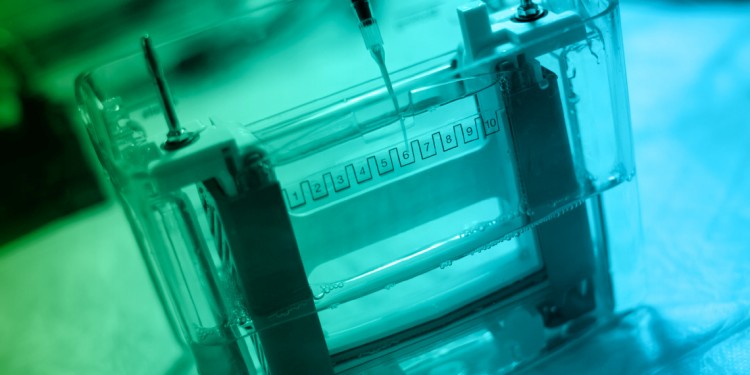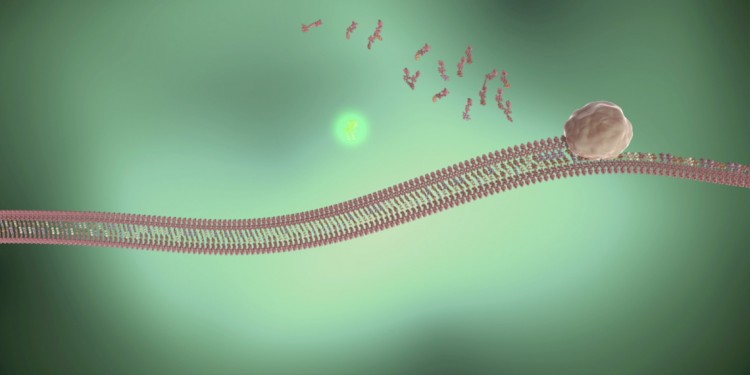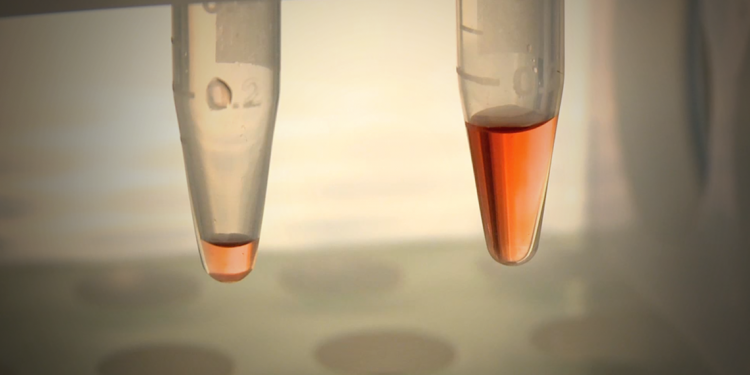
Learning in their DNA: Inside the Bio-Rad Science Ambassador Program

Investigating Protein Translation with Bio-Rad’s NGC Chromatography System

Amplifying in the Outback: Researcher Brings Real-Time PCR to Australia’s Kimberley Wilderness

TGX Stain-Free™ Precast Gels Facilitate LDL Research on Potential New Drug Targets

High Sensitivity of Bio-Plex® Multiplex System is Key in Study for Novel Melanoma Therapeutics

Droplet Digital PCR Opens New Perspectives in HIV Research

Novel HRM Assays Expedite Drug Resistance Surveillance for Leprosy Research

Bio-Plex® System in Korea — Seeking to Improve Outcomes for Cancer Patients


